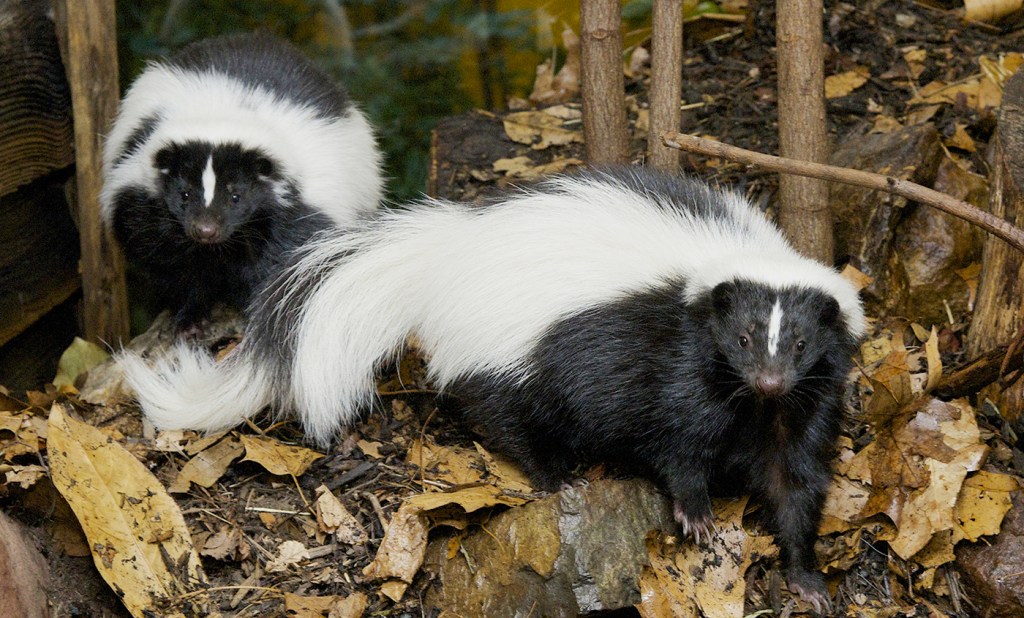When it comes to roadkill, speed kills
Published 2:00 am Friday, October 20, 2023

- When it comes to crossing the road, animals don’t know to look both ways. National Zoo photo
|
Getting your Trinity Audio player ready...
|
By Steve Roark
Cumberland Gap National Historical Park
Animals killed by automobiles are a common in rural areas.
Skunk, ‘possum, turtles, and more recently, armadillos, that have managed to work their way east to our area. I recently saw a squashed aardvark in front of the McDonalds in Tazewell. Skunks are so brazen due to their very effective odoriferous defense mechanism, that they meet their end thinking nothing can touch them. They are most likely to become a victim during mating season in late winter, when they are very active seeking mates.
Some creatures such as flying insects die due to the shear number of them in the air at the same time. One study estimated that around 228 trillion insects are killed by cars each year. That involves a LOT of window cleaning. In the U.S. around 1 million vertebrate animals are killed each day by vehicle collisions. Globally the number is 5.5 million daily. There is a concern that mountain lions are being killed by cars faster than they can reproduce.
Please don’t think I’m heartless, but have you ever wondered why fast animals like squirrels and rabbits manage to let themselves get squashed? Take squirrels, for example: They maneuver in treetops 70 feet in the air with grace and speed. They can evade cats, walk across skinny power lines, break into any squirrel-proof bird feeder, and remember where they hid nuts six months ago. And yet they have a hard time crossing the road safely. The reason is that squirrels and most animals can’t appraise high speed movement coming at them, such as a car. There is nothing else in their life that prepares them for that, and a car just doesn’t register in their brains until it is too late.
One reason for high roadkill numbers is the enormous number of roads that break up the landscape into smaller and smaller parcels, forcing animals to cross roads at a higher and higher rate, upping the chances of being hit. Other things like road salt applied in winter turn a road into a salt lick, attracting many animal species to hang out on the road and inadvertently wait for death.
Steve Roark is a volunteer at Cumberland Gap National Historical Park.
When it comes to crossing the road, animals don’t know to look both ways. National Zoo photo



